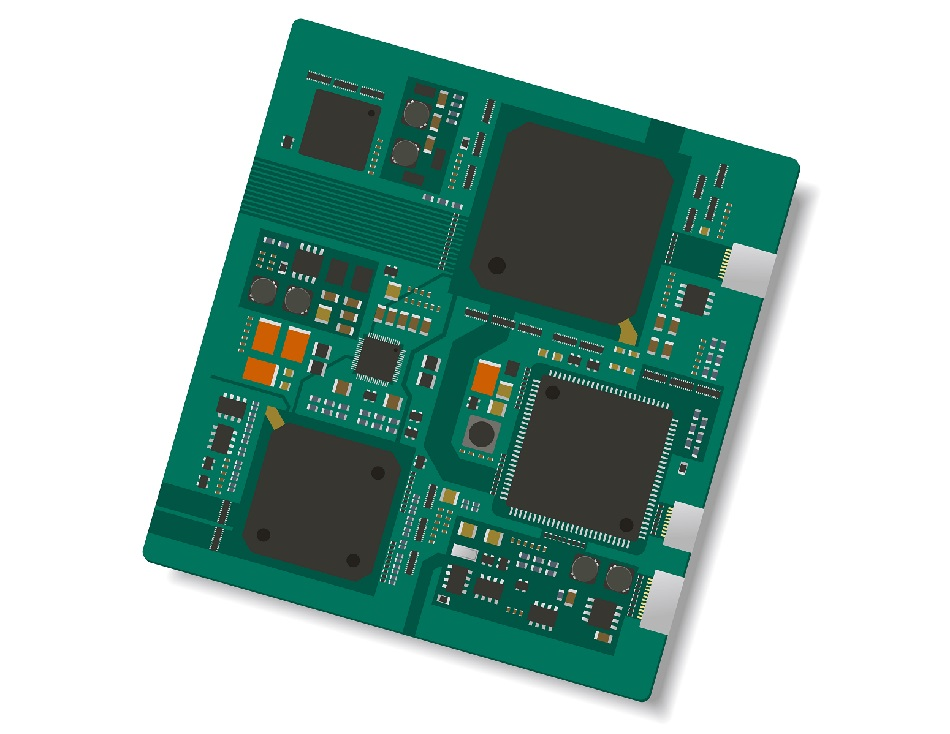
Image Credit: metamorworks/Shutterstock.com
Since their debut in 1950, piezoelectric ceramics have remained a widely used component that has proven useful for various industries ranging from sensors to biomedical imaging devices. Recent technological advancements have allowed these already impressive materials to be further enhanced for a number of sensing applications as well.
Characteristics of Ceramic Sensors
The two primary types of piezoelectric ceramic materials include soft and hard piezoelectric ceramics. The distinction between soft and hard ceramics primarily depends upon whether a donor or acceptor dopant has been added to the ceramic formulation.
Hard piezoelectric ceramics, for example, are created when an acceptor dopant is added to a ceramic formulation, as this reaction causes oxygen, or anion, vacancies to arise within the crystal structure of the material. On the other hand, soft piezoelectric ceramics are created when a small amount of a donor dopant is added to the ceramic’s formulation, as this reaction will instead create metal or cation, vacancies to emerge in the crystal structure of the material. Typically, soft piezoelectric ceramic materials will be used for sensing applications.
Understanding Soft Ceramics
Once a donor dopant has been added to a formulation to create a soft ceramic material, several piezoelectric properties of the ceramic are enhanced. To this end, soft ceramics will typically exhibit high permittivity and dielectric losses, low mechanical quality factors and poor linearity, as well as large electromechanical coupling factors, dielectric constants, and piezoelectric constants. Although soft piezoelectric materials have lower Curie points, thereby limiting the ability of these materials to be used at higher temperatures, these materials are unique in their ability to produce large displacement values and wider signal bandwidths.
Improving Ceramic Sensor Properties
Although traditional ceramic sensors were associated with certain limitations, such as the inability to function well outside of low temperatures, recent advancements in this area have created technical ceramic materials that are not only equipped with exceptional thermal stability characteristics but can also maintain high tensile strength and corrosion resistance for a wide range of challenging environments.
CoorsTek, which is a leading ceramic sensor producer in the world, has created a line of ultra-sensitive pressure and temperature sensors that have been shown to dramatically improve work performed in the chemicals, electronics, agricultural, equipment, and manufacturing industries, as well as within the medical field and during the production of consumer and household items.
In order to be a practical sensor for these applications, the CoorsTek technical ceramics have been altered to exhibit exceptional mechanical, chemical, thermal and electrical properties. As a result of these properties, CoorsTek has found that the incorporation of these technical ceramics into pressure sensors improves the durability, reliability, and precision of these sensors, all the while maintaining superior thermal stability during extreme weather conditions. With these characteristics in mind, CoorsTek has found that their ceramic pressure sensors are ideal for high duty cycle applications, such as those used for agricultural and off-road vehicles, heating, ventilation, and air conditioning (HVAC) systems and much more.
Applications of Ceramic Sensors
In addition to some of the previously discussed applications, ceramic sensors provide innumerable advantages to several other industries. Within the automotive industry, for example, ceramic sensors are often used during the engineering of vehicles in order to improve their safety, cost-effectiveness, and comfort for passengers. In addition to being a major component of various sensor components and transducers that are found within vehicles, technical ceramics can also be used to enhance oil level, distance, knock, pressure and ultrasonic sensors. Additional applications of ceramic sensors include products requiring gas, oxygen, temperature, proximity and capacitive sensing capabilities.
Sources and Further Reading
Disclaimer: The views expressed here are those of the author expressed in their private capacity and do not necessarily represent the views of AZoM.com Limited T/A AZoNetwork the owner and operator of this website. This disclaimer forms part of the Terms and conditions of use of this website.